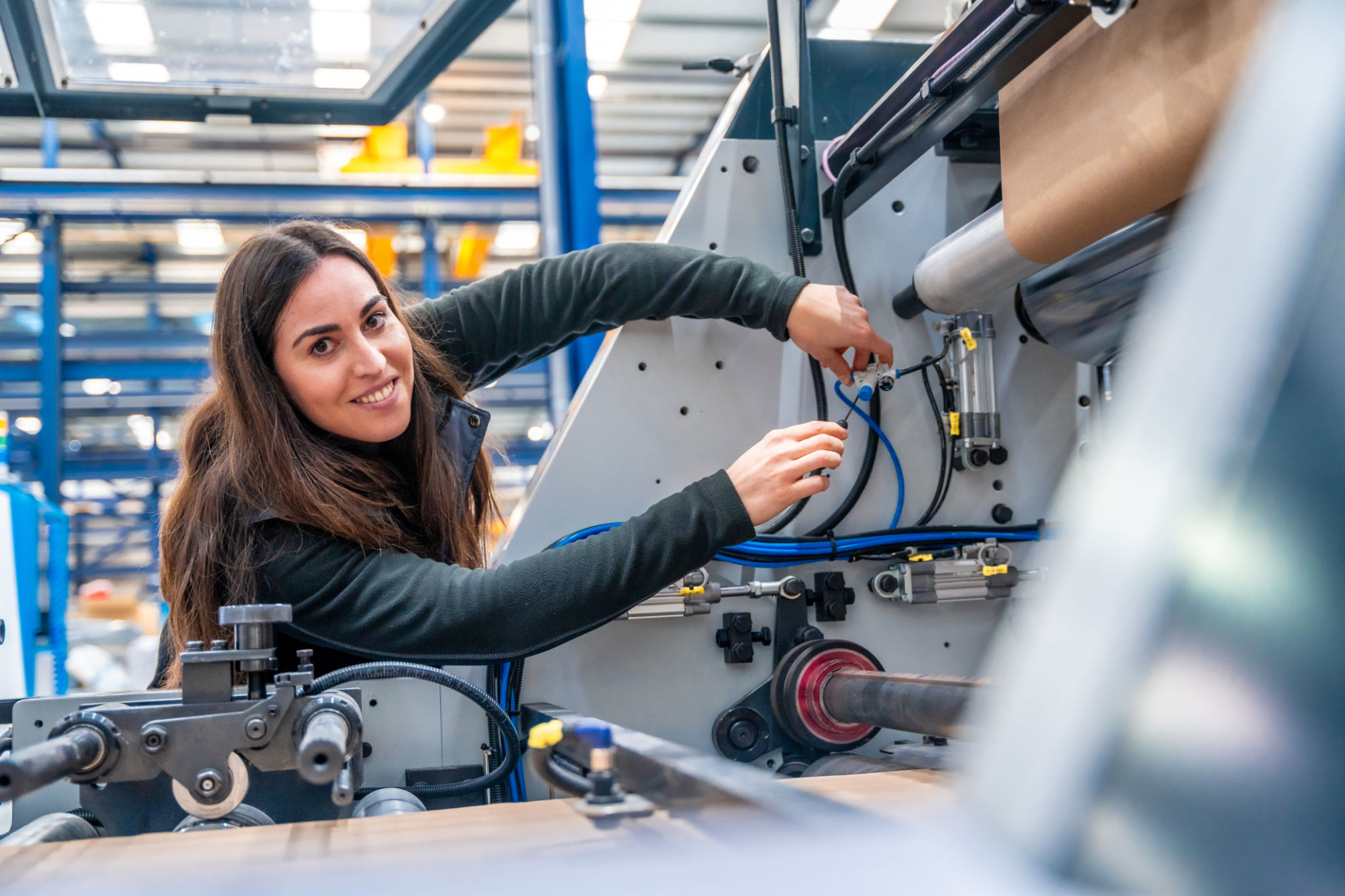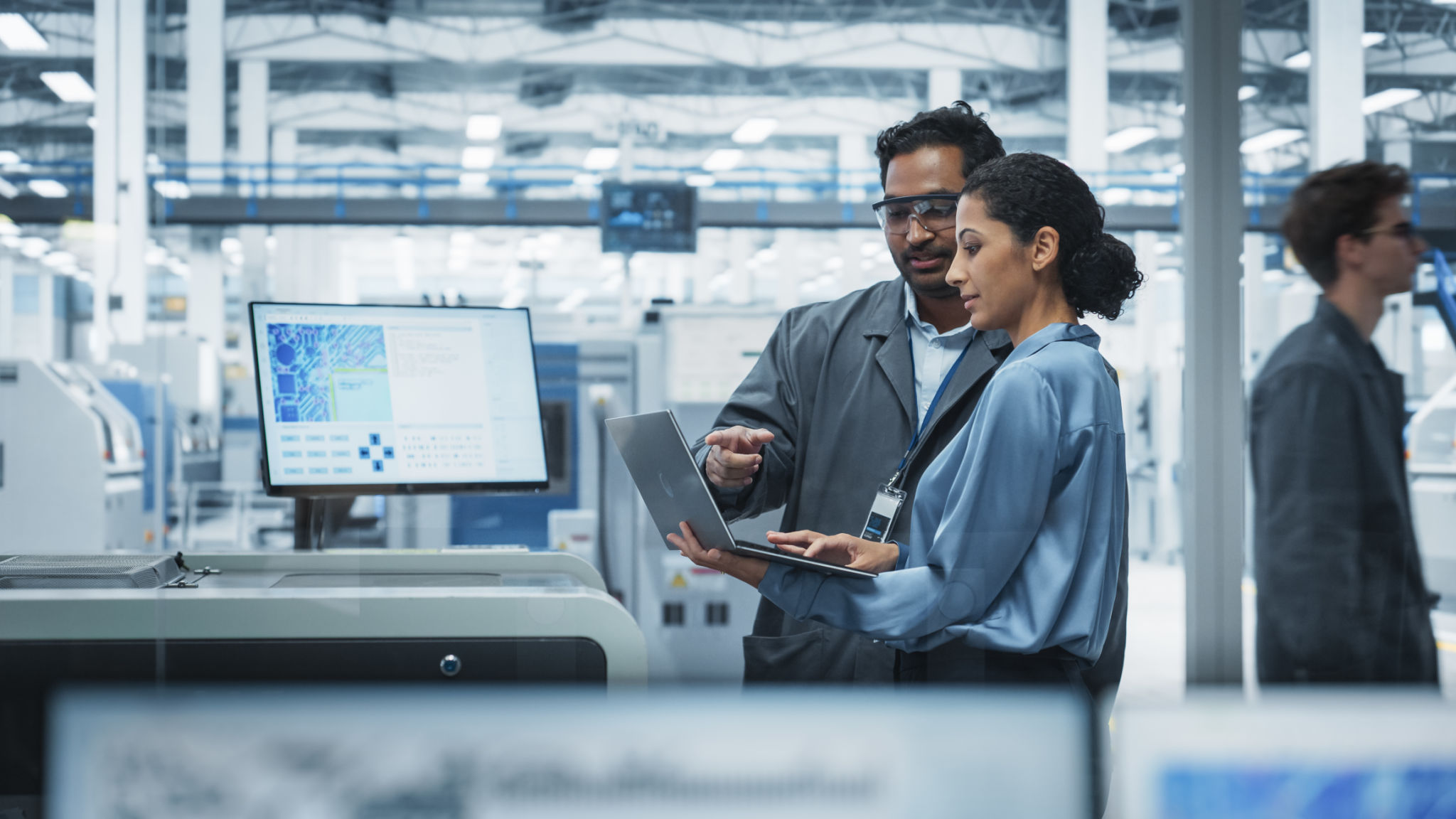Exploring the Latest Trends in Mechanical Design Engineering
Introduction to Mechanical Design Engineering Trends
Mechanical design engineering is continuously evolving with the integration of new technologies and methodologies. These advancements drive innovation, efficiency, and sustainability in various industries. Staying up-to-date with the latest trends is crucial for professionals who aim to remain competitive in this dynamic field.
In this blog post, we will explore some of the most influential trends in mechanical design engineering that are shaping the future. From digital transformation to sustainable practices, each trend plays a pivotal role in redefining how engineers approach design challenges.

Digital Transformation and Industry 4.0
One of the most significant trends is the digital transformation driven by the principles of Industry 4.0. This trend emphasizes the integration of digital technologies such as the Internet of Things (IoT), artificial intelligence (AI), and advanced analytics into mechanical design processes.
By leveraging these technologies, engineers can create more intelligent and interconnected systems. This results in improved decision-making, predictive maintenance, and enhanced product quality. The shift towards digital twins—virtual replicas of physical systems—is also gaining traction, allowing for real-time monitoring and optimization.

Embracing Additive Manufacturing
Additive manufacturing, commonly known as 3D printing, continues to revolutionize mechanical design engineering. It provides unprecedented freedom in creating complex geometries that were previously impossible or cost-prohibitive with traditional manufacturing methods.
This technology is particularly beneficial for prototyping, allowing engineers to quickly test and iterate designs. Moreover, additive manufacturing enables customization and reduces material waste, aligning with the growing demand for sustainable practices.
Sustainability in Mechanical Design
Sustainability has become a key focus in mechanical design engineering. Engineers are increasingly tasked with developing solutions that minimize environmental impact while maximizing efficiency. This includes the use of eco-friendly materials, energy-efficient designs, and lifecycle assessments to evaluate a product's environmental footprint.
Innovations such as lightweight materials and renewable energy systems are at the forefront of sustainable design. Additionally, the integration of circular economy principles—where products are designed for reuse and recycling—is gaining importance.

Advanced Simulation and Computational Tools
The rise of advanced simulation and computational tools is another trend shaping mechanical design. These tools allow engineers to simulate real-world conditions and test various scenarios before physical prototyping. This not only reduces costs but also accelerates the development process.
With advancements in computational power, simulations are becoming more detailed and accurate. Engineers can now analyze complex interactions within a system, leading to more reliable and optimized designs.
The Role of Collaboration and Interdisciplinary Approaches
As mechanical design becomes more complex, collaboration across different fields is essential. Interdisciplinary approaches that combine insights from electronics, materials science, and computer engineering are becoming increasingly common.
This trend emphasizes the need for engineers to work closely with professionals from other domains to create integrated solutions that meet diverse requirements. Collaborative platforms and communication tools facilitate this cross-disciplinary teamwork.

Conclusion
The landscape of mechanical design engineering is rapidly changing due to these emerging trends. By embracing digital transformation, sustainability, and collaboration, engineers can lead the way in creating innovative solutions that address modern challenges.
Staying informed about these trends not only enhances professional capabilities but also contributes to the advancement of technology and society as a whole. As we continue to explore these developments, the possibilities for mechanical design engineering are truly limitless.